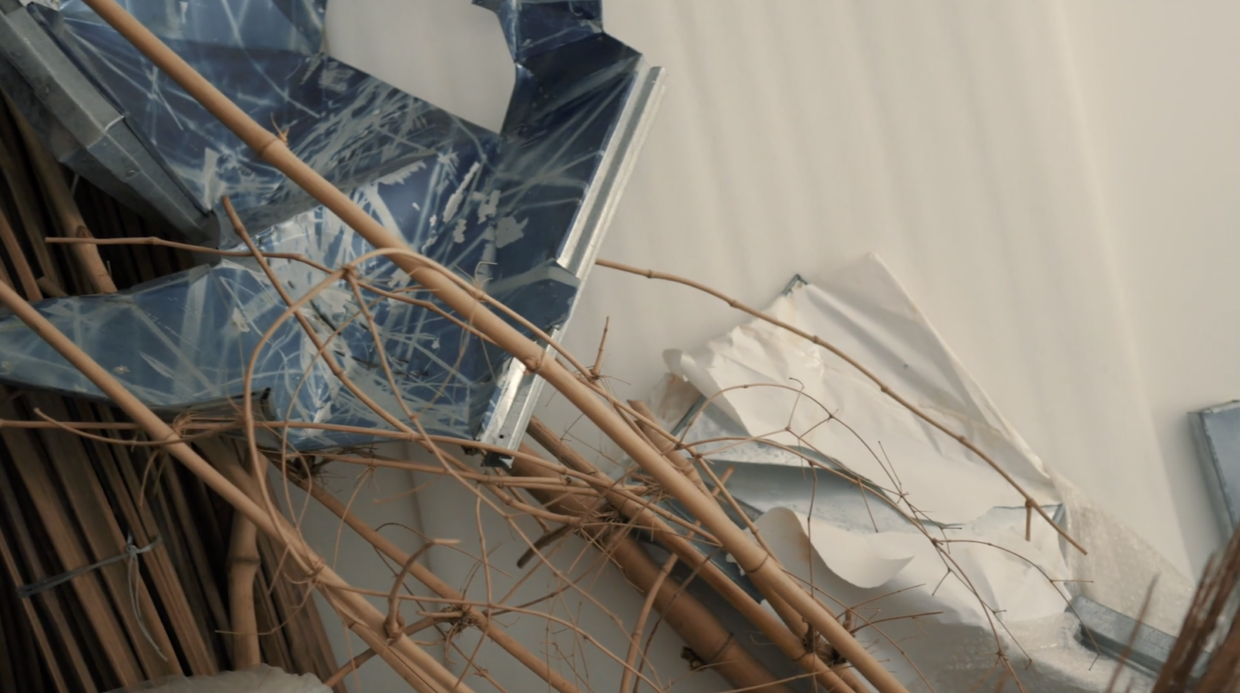|
Getting your Trinity Audio player ready...
|
The Indian art market, long in the shadow of its more illustrious counterparts, is now surging forward with a vigor that prompts a pivotal question: Could contemporary Indian art be the next big phenomenon in the global art scene, akin to the rise of contemporary Chinese art?
In a recent interview with Financial Express, Jaya Asokan, the director of the India Art Fair (IAF), provides a glimpse into this burgeoning realm. The IAF, a key player in the market’s growth, has become a vital gateway for collectors worldwide, keen to explore the diverse art and artists from South Asia. The fair’s success mirrors the Indian art market’s staggering 250% growth in the past decade, with record-breaking prices and global recognition for Indian artists.
2023 marked a year of triumphs for Indian art, with artists like Amrita Sher-Gil, S.H. Raza, and V.S. Gaitonde achieving record prices. Sher-Gil’s “The Story Teller” fetched an astounding ₹61.8 crore ($7.4 million), underscoring the rising demand for Indian art. Parallelly, there’s an upswing in contemporary art sales and growing institutional interest globally in South Asian art, signaling a robust upward trajectory.
The IAF’s latest edition, poised to be its largest with over 100 exhibitors, indicates a burgeoning interest in South Asian art. This year, the fair expands its horizon with a new design segment, showcasing limited-edition pieces that blur the lines between art and design. The segment is a testament to South Asia’s emerging status as a global design hub.
The fair’s commitment to sustainability is noteworthy. Its ecological initiatives, like recycling exhibition materials and digital ticketing, earned it a top 3 ranking in India for ‘Excellence in Sustainability’ in 2023. This focus is echoed in the fair’s thematic curation, emphasizing art’s role in environmental consciousness.
Digital art, a growing attraction for millennial collectors, finds a prominent place at the IAF. The fair’s Studio section explores digital realms, from AI and VR to interactive digital gardens. This forward-thinking approach caters to a new generation of collectors, highlighting the fair’s role in nurturing a pan-Indian community of art patrons.
Amidst this surge, the question arises: can contemporary Indian art replicate the success of Chinese art on the global stage? The elements are aligning – a booming economy, increasing global interest, and a rich, diverse artistic heritage. The Indian art market’s rise is not just about economic growth; it’s akin to a cultural renaissance, bringing Indian art to the forefront of global consciousness.



